- No products in the cart.
Klenzit-with gel 30g
$17.46
Klenzit-with gel 30g
Description
Composition
Active substance:
1 g of gel contains: adapalene (micronized) 1 mg, of clindamycin phosphate equivalent to 10 mg of clindamycin.
Excipients:
Disodium edetate 0.5 mg Carbomer 940 (Carbopol 940) 5.5 mg, 80 mg propylene glycol, methyl parahydroxybenzoate 1.0 mg phenoxyethanol 2.5 mg Poloxamer 407 1.0 mg Sodium hydroxide 0.78 mg Purified water up to 1 year
Description:
Homogeneous white gel.
Product form:
Gel for external application. The tubes of laminated foils 15 and 30 g g. One tube together with instructions for use placed in a cardboard box.
Contraindications
Hypersensitivity to the drug, pregnancy, lactation, age under 12 years (Safety and efficacy data are not available). With simultaneous systemic (oral, intravenous, intramuscular) clindamycin: Crohn’s disease, ulcerative colitis, pseudomembranous colitis, including history.
Carefully
Dermatitis, eczema, allergic diseases, concomitant use of muscle relaxants. Pregnancy and breast-feeding. During pregnancy and breast-feeding is contraindicated the use of the drug.
Indications
Acne. Prior to use, consult with your doctor.
Interaction with other drugs
Studies of interaction with other drugs has not been performed. Nevertheless, we should not simultaneously use other retinoids or antibiotics for topical or drugs with a similar mechanism of action. Caution must be exercised while the use of cosmetic products with exfoliating, irritating or drying effect due to possible additional irritating effect. Absorption through the skin adapalene low, so the development of drug interactions with systemic action is unlikely. After topical application of clindamycin in the serum and urine are determined by very low concentrations of clindamycin. There is cross-resistance of microorganisms to clindamycin and lincomycin. antagonism was observed between clindamycin and erythromycin. It was found that clindamycin violates neuromuscular transmission and thus may enhance the action of other muscle relaxants peripherally acting, so the drug should be used with caution in patients receiving drugs in this group. Not recommended simultaneous with medications containing erythromycin.
Overdose
An overdose of adapalene is unlikely. When applied topically clindamycin can be absorbed in amounts that cause systemic effects. In case of overdose shown holding symptomatic and supportive therapy.
If you accidentally taking the drug inside is necessary to wash out the stomach and immediately seek medical attention.
pharmachologic effect
Pharmacological group:
A treatment for acne.
Pharmacological properties:
Combined preparation for external use, which operating substances are adapalene and clindamycin.
Adapalene – retinoid metabolite, possessing a pronounced anti-inflammatory action and komedonoliticheskoy activity (effect on open and closed comedones), normalizes the process of epidermal differentiation and keratinization. The mechanism of drug action based on adapalene binding to specific retinoic acid nuclear receptors. Adapalene normalizes the process of differentiation of epithelial follicle cells, thus reducing the formation of microcomedo. It suppresses the chemotactic and chemokinetic response in human polynuclear cells and also inhibits the metabolism of arachidonic acid and the formation of inflammatory mediators. Thus, it can be said that under the influence of adapalene reduced cell mediated inflammatory component of acne.
Clindamycin – a bacteriostatic antibiotic from the group of lincosamides, has a wide spectrum of activity, binds to 50S ribosomal subunit and inhibits the membrane in the microbial cell protein synthesis. Clindamycin phosphate, after the application on skin is rapidly hydrolyzed phosphatases in the ducts of the sebaceous glands to form clindamycin having antibacterial activity. Shows the sensitivity of all tested strains of Propionibacterium acnes to clindamycin in vitro (maximal inhibitory concentration of 0.4 ug / ml).
Pharmacokinetics:
Adapalene absorption through the skin is very low (about 4% of the applied dose). Excretion occurs mainly in the bile. After topical use of clindamycin phosphate in the serum and urine are determined by very low concentrations of clindamycin.
Conditions of supply of pharmacies
Without a prescription.
side effects
Skin and subcutaneous tissue: skin dryness, irritation, burning sensation, erythema, contact dermatitis, discomfort, sunburn at the site of application of the drug, peeling skin, skin pain, skin swelling, increased production of the sebaceous glands, rash. From the side of view: irritation of the eyelids, itching of the eyelids, eyelid swelling, erythema of the eyelids, a burning sensation in the eyes. From the digestive system: abdominal pain, gastrointestinal disorders (diarrhea, nausea, vomiting). Other: allergic reactions, folliculitis, caused by gram-negative flora, may develop pseudomembranous colitis. In the case of skin irritation, the treatment must be suspended until the disappearance of irritation or reduce the frequency of application. Consult with your doctor if you get any of these side effects or other effects not listed above.
special instructions
In the initial stages of treatment may experience worsening of acne, which disappears in the process of treatment. If skin irritation stop using the gel (temporarily or permanently). To avoid contact with the eyes, oral cavity, nasal cavity and other mucous membranes. In case of accidental contact with the drug in the eyes, nose or mouth, immediately rinse them with warm water. To avoid excessive exposure to sunlight or ultraviolet radiation. In the case of prolonged exposure to the sun does not apply the gel the day before, as well as a day of solar exposure and the subsequent day. Not recommended simultaneous application of cosmetics with a drying or irritating effect (e.g., cologne, perfume and other etanolsoderzhaschie means). With topical clindamycin cases of diarrhea and colitis are extremely rare, however, caution should be exercised, and drug or severe diarrhea lasting development should be abolished and to conduct appropriate diagnostic and therapeutic measures, if necessary. Pseudomembranous colitis may appear as a background for prolonged use, and after 2 – 3 weeks after cessation of treatment; manifested by diarrhea, leukocytosis, fever, abdominal pain (sometimes accompanied by release of a stool blood and mucus). When these phenomena occur in mild cases enough discontinuation of treatment and the use of ion exchange resins (colestyramine, colestipol), in severe cases shown compensation fluid loss, electrolytes, protein, vancomycin or metronidazole inwardly. You can not use means which inhibit intestinal motility.
The effect on the ability to operate vehicles, machinery
It has not been studied.
Storage conditions
In the dark place at a temperature of from 2 ° C to 25 ° C. Keep out of the reach of children.
Dosing and Administration
Outwardly. Before applying the gel Klenzit-C must be clean and dry skin. Light touch evenly apply the gel to the affected areas of the skin once a day at bedtime, avoiding ppepapata eyes and lips.
The therapeutic effect develops after 1-4 weeks, 2-4 weeks therapy. Persistent improvement after 3 months of treatment.
Repeated courses of treatment after consultation with a doctor. Use drug only according to the method of application and the dosages specified in the instructions for use. When excessive application of the gel the positive effect does not occur quickly.
Information
Appearance may differ from that depicted in the picture. There are contraindications. You need to read the manual or consult with a specialist
Additional information
| Weight | 0.100 kg |
|---|---|
| Manufacturer | Glenmark |




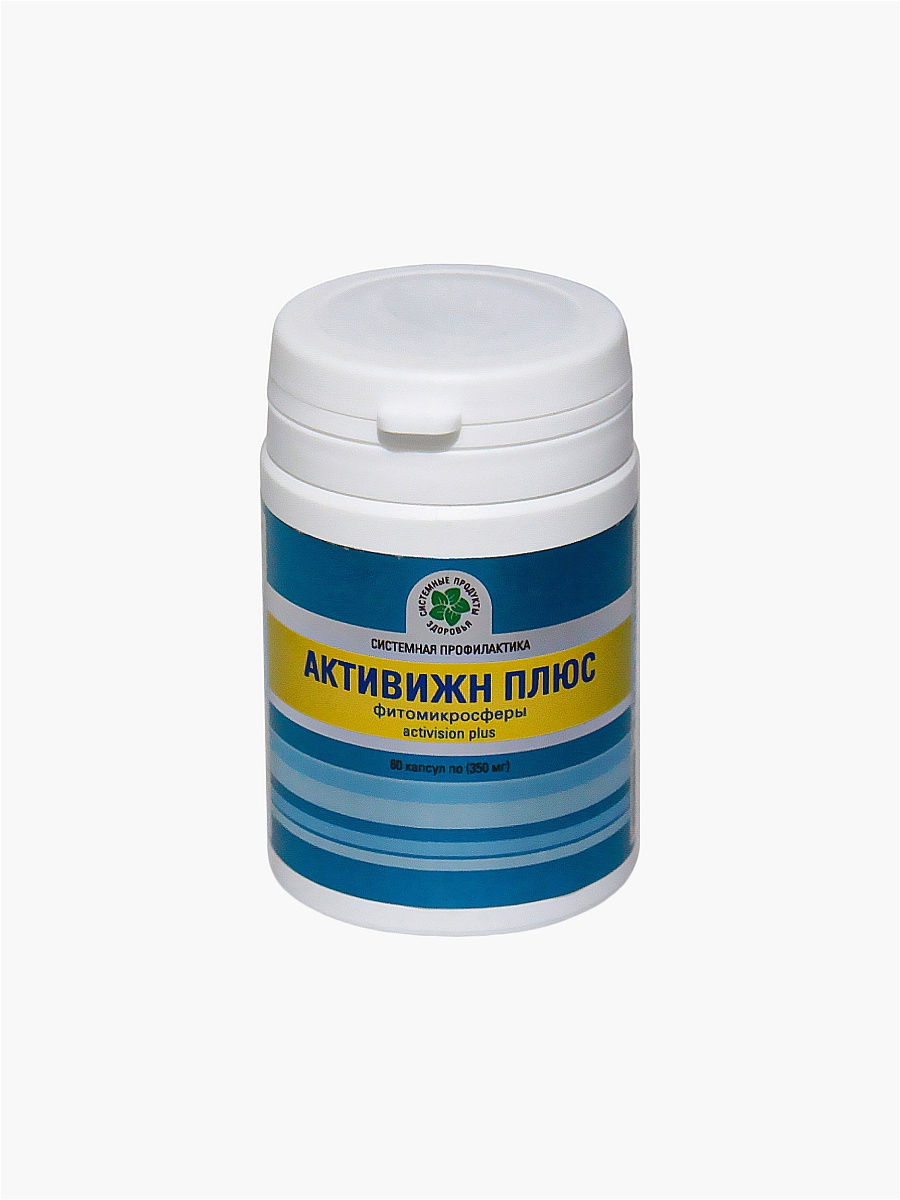
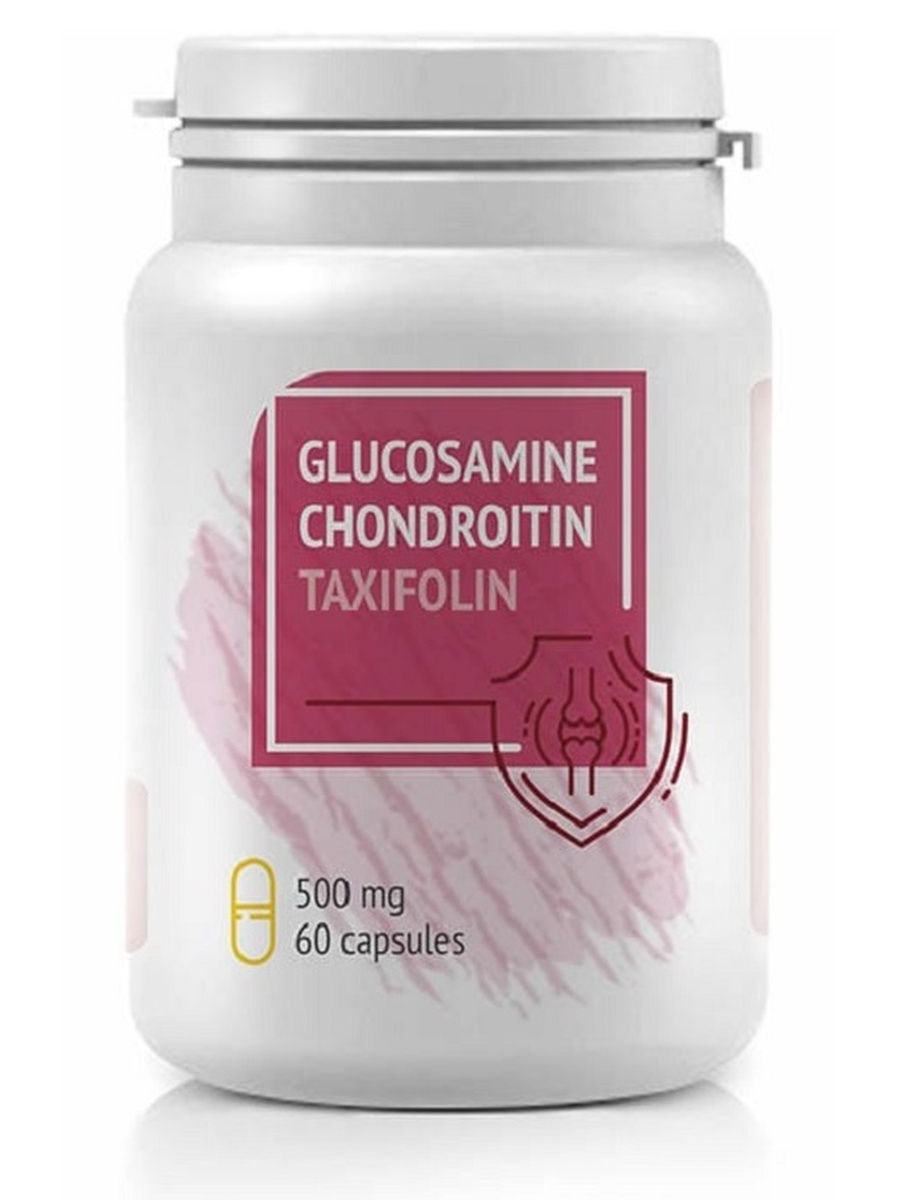
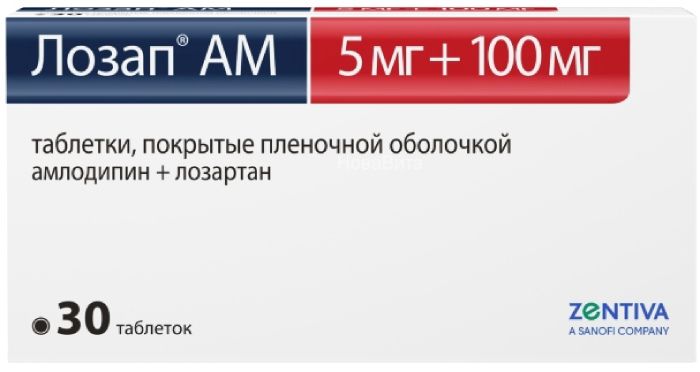
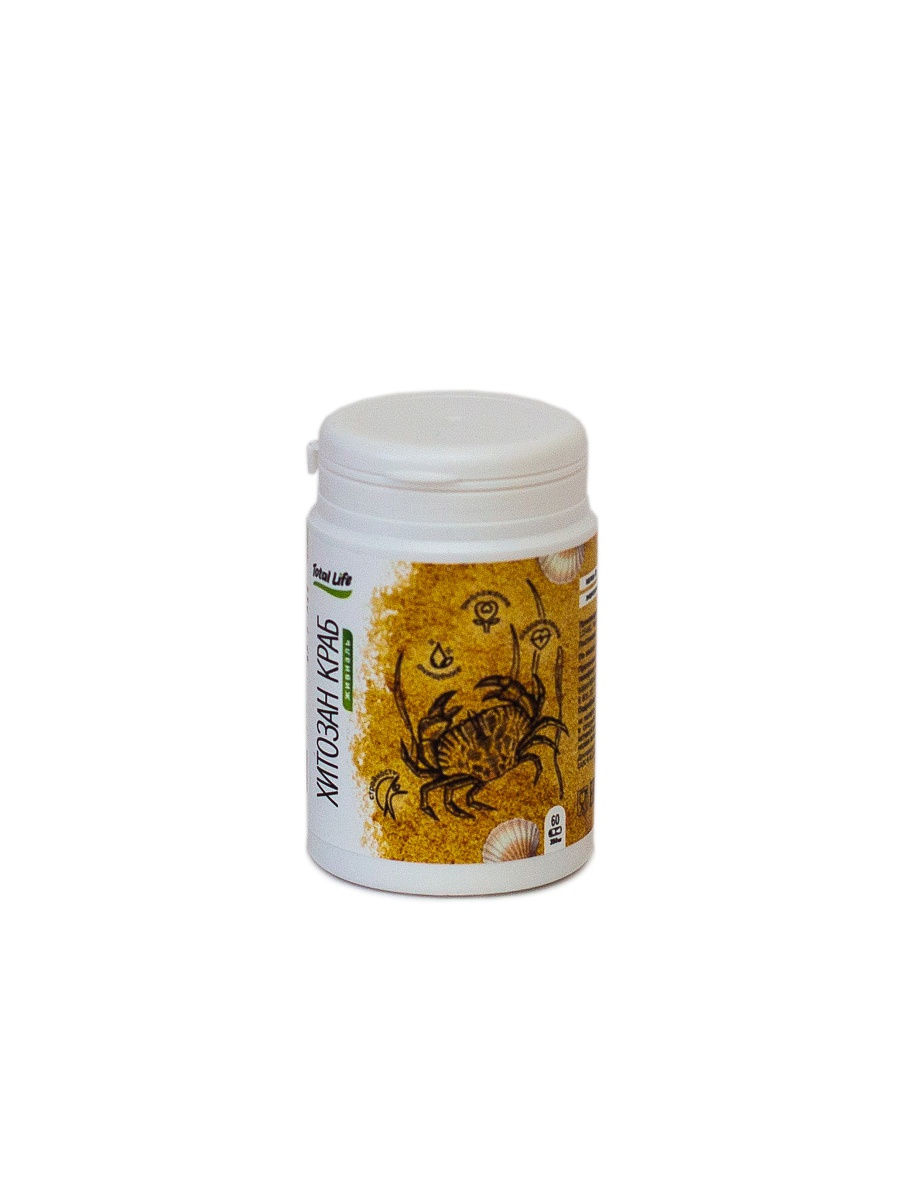

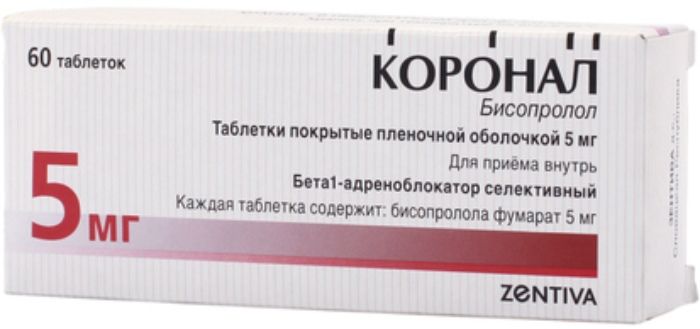




There are no reviews yet.